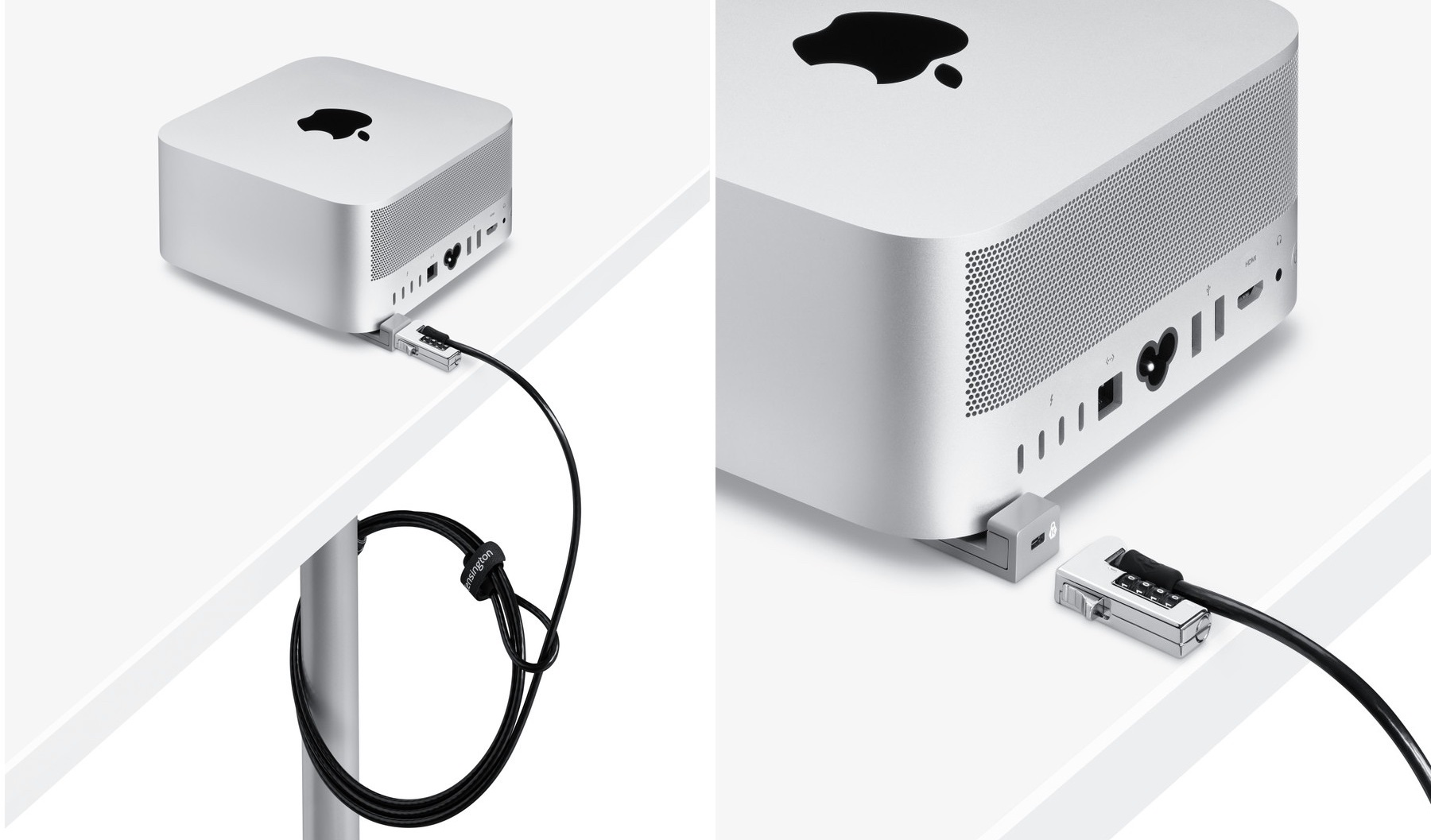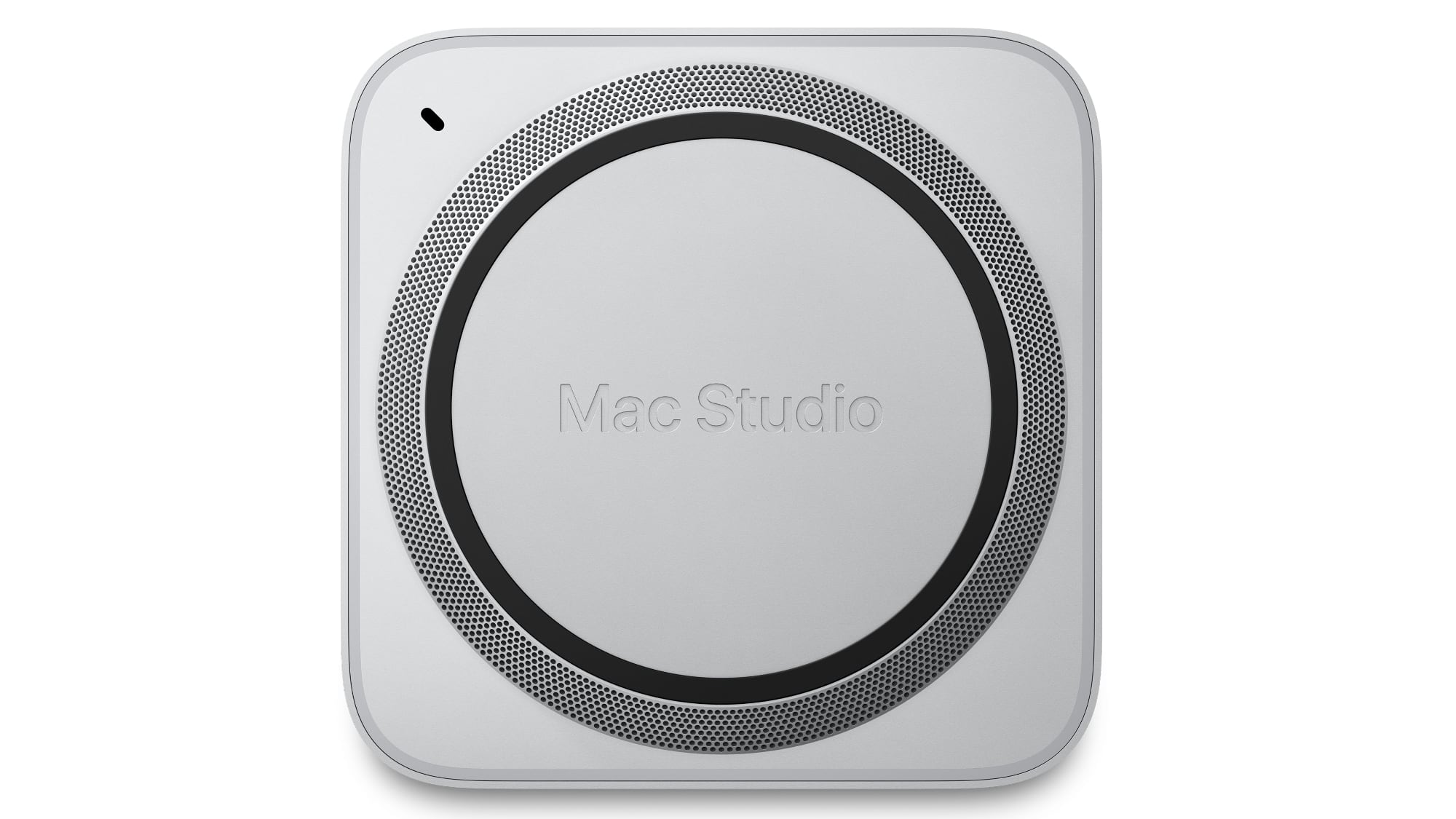
Apple today began selling a Kensington locking kit for the Mac Studio with everything needed to secure the computer to a desk or other surface, including an adapter, a combination lock, and a braided carbon steel cable with a nylon cover.

Kensington says the kit was "designed specifically for Apple" and can be installed in minutes, with no tools or modifications necessary. The adapter attaches to a slot that Apple built into the bottom of the Mac Studio and does not block any ports on the back of the computer. The kit is available to order for $64.95 on Apple's online store.
Kensington is a well-known brand for laptop security locks. Apple included a slot for a Kensington lock on many MacBooks until the early 2010s, and it appears that the companies partnered again to offer a security solution for the Mac Studio.

Apple first released the Mac Studio in March 2022. The high-end desktop computer is available with M1 Max and M1 Ultra chip options.
Maclocks also sells a variety of Mac Studio security accessories.
Article Link: Apple Begins Selling Kensington's Mac Studio Locking Kit

